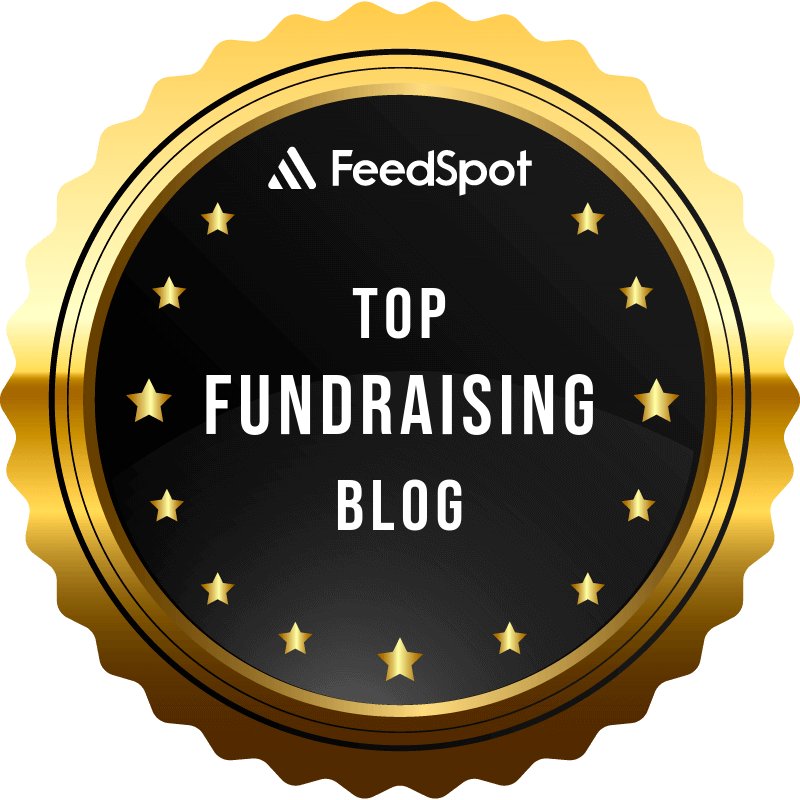Albert Einstein was quoted as saying “It’s not that I’m so smart, it’s just that I stay with problems longer.”
Unfortunately, the world of nonprofit development can be notoriously fickle and unfocused.
Clearly we are in a major recession with no end in sight.The trick is not to panic.Here’s how you can meet your goals and, yes, even prosper in the upcoming year!
1. Stay the course. Develop a balanced, thoughtful budget approach which includes realistic goals for grants and corporate support, individual support, program support and events. Plan for “multiple streams of income,” yet with an eye to maximizing those activities which bring you the highest yield.
2. Retain staff.This one is key. I have worked with nonprofit organizations who have had – seriously – five development directors in three years! How can an organization have any kind of continuity with donors with that kind of record? Staff your organization with quality individuals and do your level best to keep them. If you’re not sending your development staff to workshops, classes and seminars, you’re doing your organization a grave disservice. Why are so many organizations reluctant to invest in education for their employees? Training enables and accelerates innovation. It’s good for the employee – it’s good for the employer.
3. Research, research, research. Foundation giving may be declining.On the other hand, it may not. Remember, foundations are created with the sole purpose of supporting philanthropic causes – regardless of the state of the economy.To maintain their legal status Foundations MUST donate an amount equal to 5% of their assets averaged over 5 years. Foundations also often INCREASE their giving in challenging times to offset decreases in giving from other sources.
That said, you need to make it a practiceto routinely scope out new sources of foundation funding.I was recently asked “well after so many years, don’t you run out of new potential foundation funders?” The answer is a resounding “no!” Not if you keep your eyes and ears peeled and engage in weekly research.
Develop a system where you’re sending out proposals or letters of inquiry to new foundations on a weekly basis.Build relationships.
4. Start a Monthly Giving Program.This one is a no-brainer and I am astounded that more organizations have not picked up on it.
If you’ve got donors who are giving you $1,000, $100, even $25 every year, they’re prime candidates for a monthly giving program. The best book on monthly giving is Hidden Gold by Harvey McKinnon. Yet you needn’t think of this as a huge endeavor when you’re just starting out. Introduce it with your next annual appeal – as a P.S. Talk to your bank about an EFT option. Monthly giving has been a popular tool in the UK for years. Implement one now.Give donors the option of monthly credit card or checking account debits.
And what rule says you can only mail once a year?Why not twice or even three times a year?
5. Refine (or Define) Your Story.Benevon calls it the organization’s “emotional hook.”It’s your nonprofit’s “story” – what makes donors give to you.The most compelling stories bring on the crocodile tears.Talk to your board members, talk to your clients, talk to your staff, talk to foundation funders and individual funders to find your emotional hook.Bring your mission to life.
6. Diversify.
Think in terms of “multiple streams of income.” If you have a solid and engaged volunteer base, even smaller nonprofit organizations can host modest (but profitable) events, solicit donations and operate a neighborhood thrift store or sell on eBay. Many smaller organizations have their own used book stores, bringing in $25,000 to $50,000 extra yearly. Get creative!
7. Steward, steward, steward.It doesn’t have to be on a weekly or monthly basis but it absolutely needs to be consistent.Donors would rather be kept notified on a timely basis in a simple manner than receive a glossy magazine publication (that makes them wonder what the heck you are doing with their money) once every two years.A two to four-page quarterly or triennialnewsletter is ideal.
If you don’t have an email newsletter, now is the time to start.
Now is the time to set aside an hour, two hours – whatever you can spare – every week to both phone and visit key donors one-on-one. Don’t make that age-old mistake of only querying your donor database for your largest donors – pull up your most loyal donors and thank them, profusely. Focus on your organization’s most loyal donors – take them to lunch, to tea, drop by with a basket of home-baked goodies.
Don’t panic and stay steady to survive – and prosper!
How can you create sustainable funding for your small nonprofit organization? Simple Development Systems has been called the “Bible for the one-person development department!”


















 I can’t wait to meet with you personally.
I can’t wait to meet with you personally.
Comments on this entry are closed.